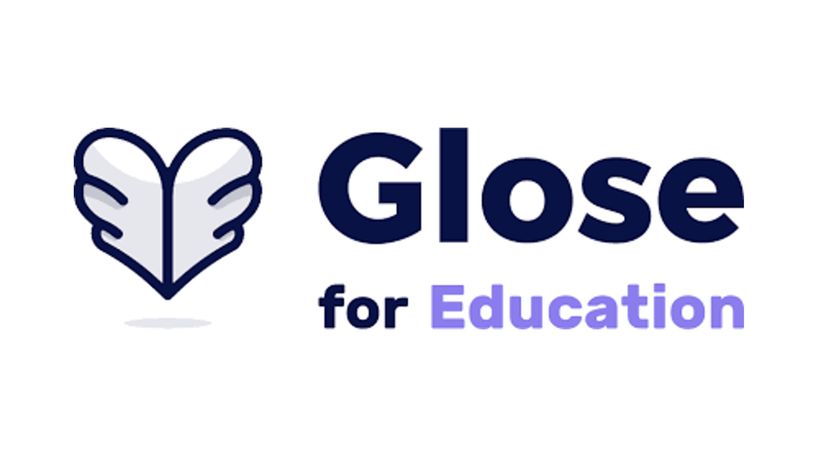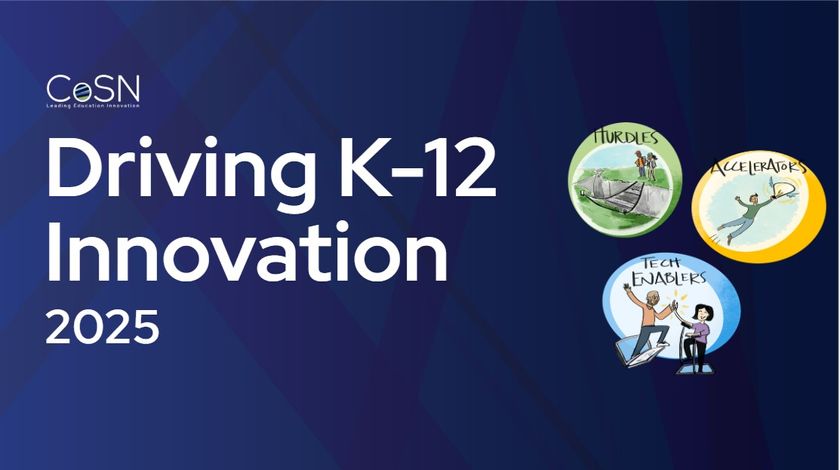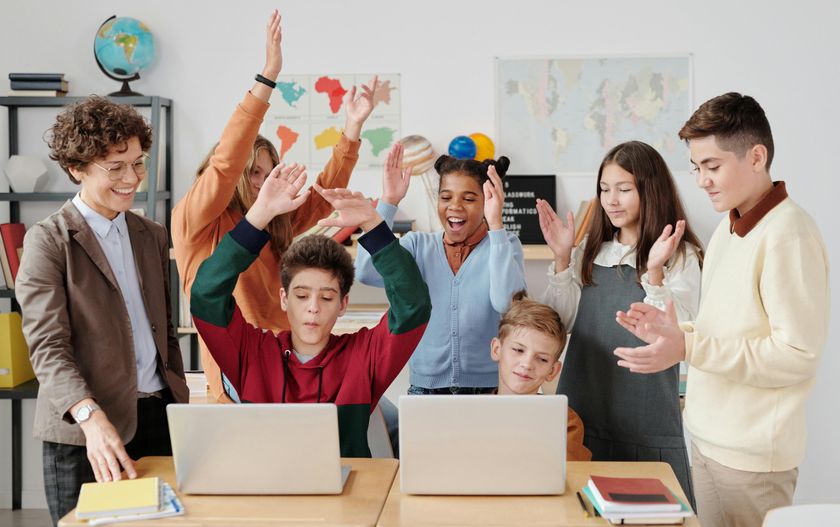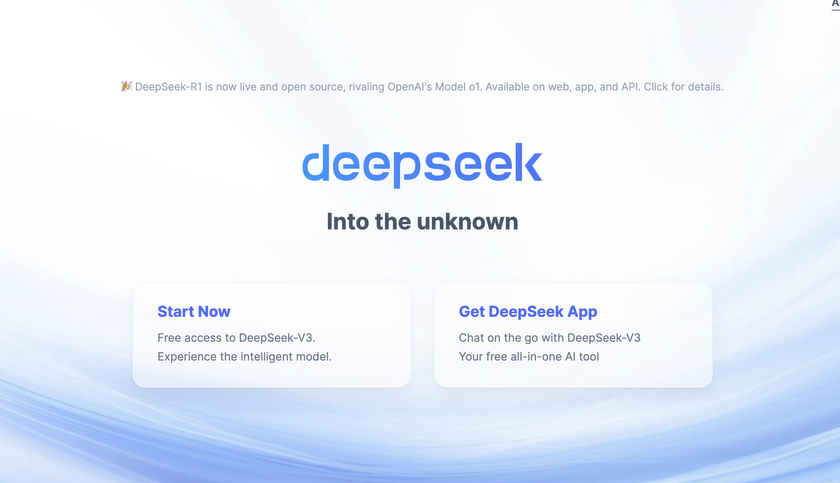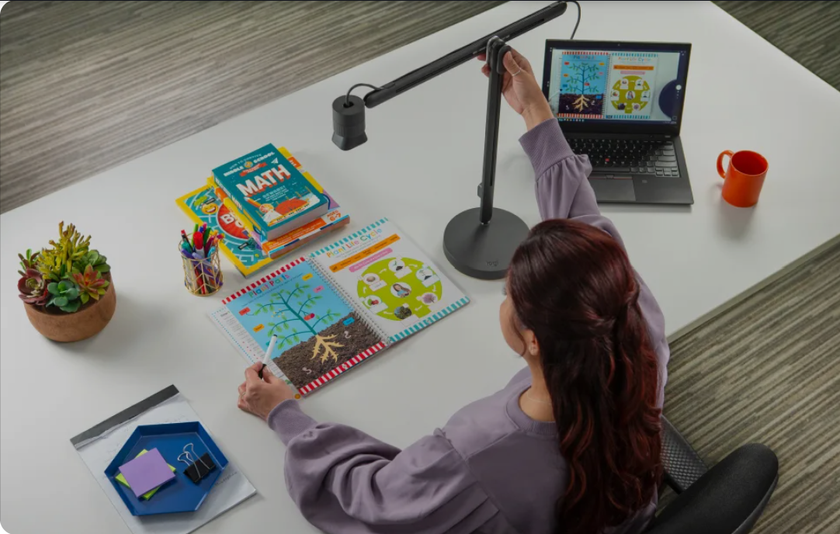5 Mistakes I Made With Educational Technology

Technology is a powerful tool in our classrooms but it can also sometimes be intimidating. Since effective edtech implementation often involves a big shift in teaching, it can bring about some discomfort and change. I’ve written before about how I’m a “jump off the cliff” kind of teacher, and eagerly took the plunge into the world of Google Apps and Chromebooks a few years ago. But my willingness to try it doesn’t mean it all went perfectly. Teachers tend to celebrate success on blogs and social media--as we should--but sometimes a reminder of our challenges and mistakes is just as valuable.
This post was inspired by a recent episode of the Pro Blogger Podcast, “Writing Challenge: Write a Mistakes Blog Post,” which was the first episode I listened to. I enjoyed it a lot and plan to listen to more, with hopes of improving my blog and writing. I encourage you to check it out if you’re a blogger, too.
Here are five mistakes--of the many--I made with educational technology. They deal with shifts in instruction and vision for teaching and learning, purposefully leaving devices and content areas out of the equation for now. I tried to be relatable and reflective, focusing on the big picture of education and technology.
My Mistakes
Too often, we assume that since students know how to use technology, they know how to use it in our classrooms. Most of our students don’t need lessons on using the internet, iPhone, or YouTube, but that doesn’t mean that the on-demand technological skills of Generation Z transfer to classroom learning without work. Knowing how to use technology and knowing how to use it for learning, let alone content specific learning, are very different things.
It’s important to build class time into instruction to assess students’ comfort, skills, and transferable skills with technology. Let them play, customize, and practice early in the year to develop these skills and apply them in new ways so you can be sure that the tech is most effectively used for all learners.
2. Treating Technology As Something Special
In today’s world and classroom, technology is the new normal. Today’s students should expect regular access to and use of technology in schools. We can’t keep treating ed tech as an exception or a special event; it’s an essential part of 21st century learning. Of course, not all schools are as ready or able to embrace technology yet as others, but to treat it as something special is a disservice to our students.
Effective use of technology is not the once a week special event or a extra in our classrooms--it’s a purposeful part of instruction and learning. In my first year or two with 1:1 Chromebooks, I treated it as something special and different, and that was a mistake. It made my class and teaching the exception and the outlier. Instead, treat technology as if it’s as normal as opening a book or taking good notes, and students will see it that way, too. And many already do, as the tech is so prevalent in their lives. Schools should mirror the worlds of students, not contradict them.
Tech & Learning Newsletter
Tools and ideas to transform education. Sign up below.

3. Putting Technology Before Learning
Some days, technology simply isn’t the answer. It’s important to think of ed tech as an instructional tool, and like all tools, it must be used with purpose. The specific tech you choose, like any learning activity or assessment, must also be the best one for the job.
There are definitely days where I chose technology because it was easier or less work for me. And maybe that’s okay sometimes. But don’t forget the basics of good teaching and backwards design: start with the learning goals and then decide if technology--or which technology--is most effective to achieve them. I wrote about this recently in When the Internet Fails: 4 Non-Tech Strategies for Student Engagement & Learning, reminding myself that we can’t let tech become a crutch or busy work. As I’ve been reminded in my classes recently, if post it notes are the most effective annotation tool for some learners, then it’s okay (and maybe better) to have our screens off.
4. Asking Google-able Questions
One of the most powerful things about the Google generation is that we all have a world of knowledge at our fingertips. If we can look up virtually anything in seconds, then is it worth the time we often spend in schools to memorize it all? Of course, I’m not advocating for no content, facts or memorization in classrooms, but that we instead prioritize knowledge and skills.
Last year, I had students research Holocaust and World War II background knowledge before reading Elie Wiesel’s Night. Instead of simply Googling their topics, I realized that the students needed to be able to apply the new knowledge throughout the unit. Sure, they researched and looked up facts, but then they developed presentations without technology to teach their classmates. This isn’t a particularly innovative idea, but it’s one worth remembering: if students can Google all of their answers, the questions aren’t good enough anymore. Don’t forget about the higher end of Bloom’s Taxonomy and push for application, synthesis, evaluation, and creation. And I’ll admit, this is one I need to get better at focusing on more regularly.

5. The Problem of Choice
If all the knowledge is at our fingertips, along with hundreds of tools to organize, share, and reflect on that knowledge through technology, how much choice is right? We are no longer limited to the information in the text book or school building, but opening up to the collective hive-mind of the internet is overwhelming for many adults, let alone students.
When should we restrict student choice? When should we open those doors? Is there such a thing as too much choice? Whatever your stance, be purposeful in the tools you use with students, teach them to use, and the online resources that enhance their learning. For example, I love Google. I could use a dozen different tools for feedback, but I rarely find one that works better for us than a Google Form. My students don’t need to learn a new platform, and there is no change in their learning. But Haiku Deck, Pear Deck, and Nearpod? I see the potential in opening up these doors, for both students and for teachers. Of course, privacy laws, district policies, and third party apps are a concern, too. Know what works for you, and for your students, and make your choices matter.
These are just some of the few--of let’s face it, many--mistakes I’ve made using educational technology in the classroom, but I’ve become a better teacher by making and reflecting on all of them. As I've learned, it's more important to make change and impact students' learning, even when it gets messy.
What mistakes have you made?
How have you overcome them? Grown from them? Share in the comments or on Twitter!
cross posted at www.aschoenbart.com
Adam Schoenbart is a high school English teacher, Google Education Trainer, and EdD candidate in Educational Leadership. He teaches grades 10-12 in a 1:1 Chromebook classroom at Ossining High School in Westchester County, NY and received the 2014 LHRIC Teacher Pioneer Award for innovative uses of technology that change teaching and learning. Read more at The SchoenBlog and connect on Twitter @MrSchoenbart.


